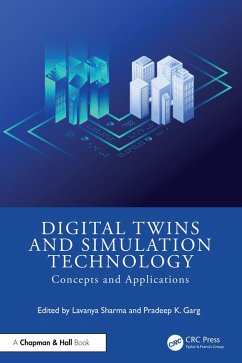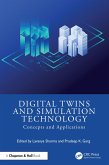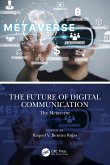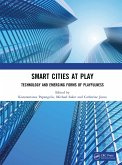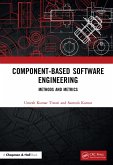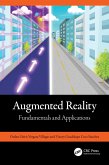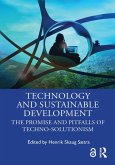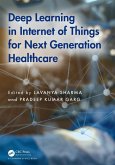- Explains digital twin technology, including its core principles, architecture, and how it replicates physical objects in virtual platforms, in detail
- Covers the data types and tools necessary for creating and maintaining digital twins, including sensors, data processing systems, and integration methodologies
- Explores technologies such as Computer Vision, IoT, AI, ML, 5G, AR, and VR that drive the functionality and application of digital twins
- Analyses practical applications in diverse sectors like urban planning, smart cities, healthcare, manufacturing operations, and power-generation equipment, showcasing real-world use cases and benefits
- Examines real-time challenges and limitations associated with implementing digital twin technology, providing a balanced view of its capabilities and constraints
It is a reference book for researchers, scholars, and students who are working or interested in learning about digital twin technology.
Dieser Download kann aus rechtlichen Gründen nur mit Rechnungsadresse in A, B, BG, CY, CZ, D, DK, EW, E, FIN, F, GR, HR, H, IRL, I, LT, L, LR, M, NL, PL, P, R, S, SLO, SK ausgeliefert werden.

